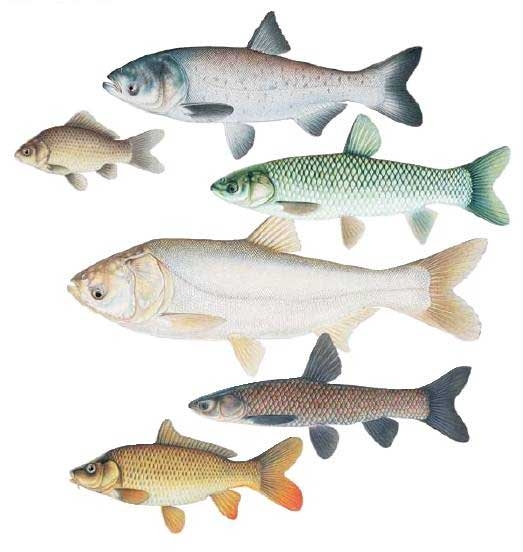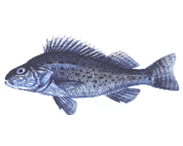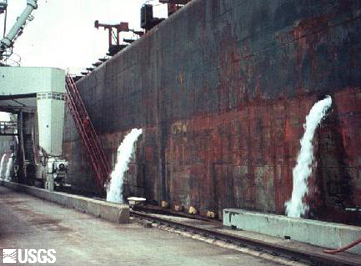- Home
- About S&T
- Taxa/Organisms
- Ecosystems
- Issues
- Methods & Tools
- Reports & Publications
- Location
- Search
2005 | Publisher: USGS | Science Center: Florida Integrated Science Center (FISC, Gainesville) | Format: URL
fisc.er.usgs.gov — This guide contains an identification key to the eleven foreign nonindigenous cyprinids, as well as species accounts that include physical characteristics, reproduction, ecology, and distribution in its native habitat and in the United States. Biologists, resource managers and others interested in nonindigenous fishes will find it a useful tool More...

Publisher: USGS | Science Center: Upper Midwest Environmental Sciences Center (UMESC, LaCrosse) | Format: URL
www.umesc.usgs.gov — Eurasian Ruffe pose a threat to native fish because they(1) mature quickly, (2) have a high reproductive capacity, and (3) easily adapt to new environments. Ruffe were first detected in western Lake Superior in 1986. UMESC scientists are conducting research on various types of piscicides (chemicals that kill fish). They are attempting to develop More...

Publisher: USGS | Science Center: Western Fisheries Research Center (WFRC, Seattle) | Format: URL
wfrc.usgs.gov — Ballast water discharges are the most significant cause of aquatic biological invasions in coastal waters, including the Great Lakes. Currently, treatment of ballast water prior to discharge at the receiving port offers significant promise to help control this problem. However, development of treatment technologies is limited by lack of objective More...

Publisher: USGS | Science Center: Forest and Rangeland Ecosystem Science Center (FRESC, Corvallis) | Format: URL
fresc.usgs.gov — The National Park Service has stated that declining amphibian populations are the top priority for research in the National Park System. Salamanders are a native vertebrate predator in high-mountain lakes throughout the western US, especially in many small lakes naturally barren of fish. This issue overview demonstrates the potential for using More...

Publisher: USGS | Science Center: Forest and Rangeland Ecosystem Science Center (FRESC, Corvallis) | Format: URL
fresc.usgs.gov — Little is known about the amphibian taxa associated with streams, lakes, ponds, and wetlands in Mount Rainier National Park (MORA). This issue overview addresses the concerns about the possible impacts of introduced trout on amphibian taxa, and park management's interest in documenting current distribution and abundance of amphibian taxa in the More...

Publisher: USGS | Science Center: Forest and Rangeland Ecosystem Science Center (FRESC, Corvallis) | Format: URL
fresc.usgs.gov — Fish introductions have been implicated in the disappearance of amphibian communities and in the alteration of zooplankton communities. Furthermore, the presence and abundance of amphibian larvae and zooplankton in mountain lakes are directly related to nutrient concentrations in the aquatic environment, as well as enhancement to recreational More...

Publisher: USGS | Science Center: Western Fisheries Research Center (WFRC, Seattle) | Format: URL
wfrc.usgs.gov — The general objective of this collaborative project is to investigate and improve habitat-based ecological modeling on large rivers. While many ecological aspects of large-river alteration have been investigated previously, there has been little emphasis on how alterations of physical habitat interact with life histories, biotic interactions, and More...

Publisher: USGS | Science Center: Upper Midwest Environmental Sciences Center (UMESC, LaCrosse) | Format: URL
www.umesc.usgs.gov — Gobies are capable of rapid population growth after they reach new areas. They have shown the ability to out-compete native fish for food and habitat. Another area of concern involves potential predation on the eggs and fry of lake trout. After first being discovered in 1990 along the St. Claire River (a Canadian river north of Detroit), gobies More...
